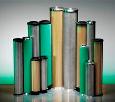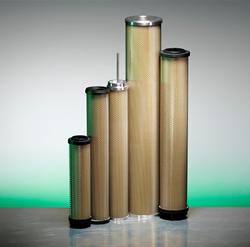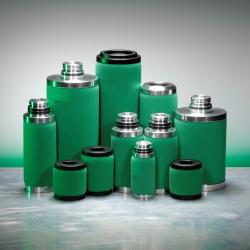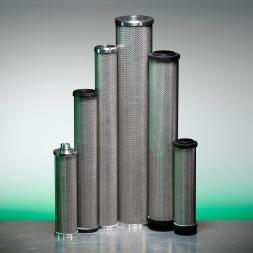
Downstream filters are filtration components installed in a system after other treatment stages or devices.
An air or liquid flow passes through various stages: downstream filters are positioned as the last (or one of the last) filtering barrier, just before the fluid reaches a critical component or is used for its final application.
Their purpose is to ensure maximum purity and to protect the most sensitive equipment.
 |
Protecting Sensitive Components: Think of precision valves, delicate measuring instruments, paint nozzles, pneumatic actuators, or motors. Even a tiny particle can damage them, cause malfunctions, or reduce their lifespan. Downstream filters act as “guardians,” ensuring that only the cleanest fluid reaches these vital parts. |
|
Final Product Quality: In industries like food processing, pharmaceuticals, electronics, or painting, the purity of air, gas, or liquid is non-negotiable. Minimal contamination can compromise the quality, safety, or effectiveness of the finished product. Downstream filters ensure that purity standards are maintained right up to the final moment. |
 |
 |
Operational Efficiency and Cost Reduction: Keeping downstream components clean means fewer breakdowns, lower maintenance costs, and less unplanned machine downtime. This translates into increased productivity and significant long-term cost savings. |
After the compressor, dryer, and oil/water separators, sub-micron filters or activated carbon filters are often installed. These remove smaller particles, residual oil aerosols, and odors, making the air suitable for critical uses like:
Here, downstream filters are placed immediately before delicate components such as servovalves, proportional actuators, or precision cylinders. They serve to capture any contaminants that might have bypassed upstream filters or generated within the circuit itself.
In these applications, downstream filters are used to capture any residual oil vapors or particles before the gas is discharged into the environment or a recovery system, protecting both the environment and any sensors or monitoring pumps.
To choose the correct downstream filter, it’s essential to consider some key parameters:
Do you have a specific application in mind for which you’re looking for a downstream filter? Feel free to contact us; we’ll help you find the most efficient and long-lasting solution for your needs!
